John Temple - American Pain: How a Young Felon and His Ring of Doctors Unleashed Americas Deadliest Drug Epidemic
Here you can read online John Temple - American Pain: How a Young Felon and His Ring of Doctors Unleashed Americas Deadliest Drug Epidemic full text of the book (entire story) in english for free. Download pdf and epub, get meaning, cover and reviews about this ebook. year: 2015, publisher: Lyons Press, genre: Detective and thriller. Description of the work, (preface) as well as reviews are available. Best literature library LitArk.com created for fans of good reading and offers a wide selection of genres:
Romance novel
Science fiction
Adventure
Detective
Science
History
Home and family
Prose
Art
Politics
Computer
Non-fiction
Religion
Business
Children
Humor
Choose a favorite category and find really read worthwhile books. Enjoy immersion in the world of imagination, feel the emotions of the characters or learn something new for yourself, make an fascinating discovery.

- Book:American Pain: How a Young Felon and His Ring of Doctors Unleashed Americas Deadliest Drug Epidemic
- Author:
- Publisher:Lyons Press
- Genre:
- Year:2015
- Rating:4 / 5
- Favourites:Add to favourites
- Your mark:
American Pain: How a Young Felon and His Ring of Doctors Unleashed Americas Deadliest Drug Epidemic: summary, description and annotation
We offer to read an annotation, description, summary or preface (depends on what the author of the book "American Pain: How a Young Felon and His Ring of Doctors Unleashed Americas Deadliest Drug Epidemic" wrote himself). If you haven't found the necessary information about the book — write in the comments, we will try to find it.
American Pain was the brainchild of Chris George, a 27-year-old convicted drug felon. The son of a South Florida home builder, Chris George grew up in ultra-rich Wellington, where Bill Gates, Springsteen, and Madonna kept houses. Thick-necked from weightlifting, he and his twin brother hung out with mobsters, invested in strip clubs, brawled with cops, and grinned for their mug shots. After the housing market stalled, a local doctor clued in the brothers to the burgeoning underground market for lightly regulated prescription painkillers. In Florida, pain clinics could dispense the meds, and no one tracked the patients. Seizing the opportunity, Chris George teamed up with the doctor, and word got out. Just two years later Chris had raked in $40 million, and 90 percent of the pills his doctors prescribed flowed north to feed the rest of the countrys insatiable narcotics addiction. Meanwhile, hundreds more pain clinics in the mold of American Pain had popped up in the Sunshine State, creating a gigantic new drug industry.
American Pain chronicles the rise and fall of this game-changing pill mill, and how it helped tip the nation into its current opioid crisis, the deadliest drug epidemic in American history. The narrative swings back and forth between Florida and Kentucky, and is populated by a gaudy and diverse cast of characters. This includes the incongruous band of wealthy bad boys, thugs and esteemed physicians who built American Pain, as well as penniless Kentucky clans who transformed themselves into painkiller trafficking rings. It includes addicts whose lives were devastated by American Pains drugs, and the federal agents and grieving mothers who labored for years to bring the clinics crew to justice.
John Temple: author's other books
Who wrote American Pain: How a Young Felon and His Ring of Doctors Unleashed Americas Deadliest Drug Epidemic? Find out the surname, the name of the author of the book and a list of all author's works by series.

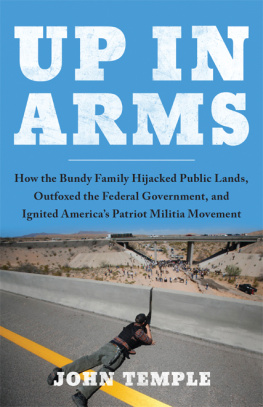
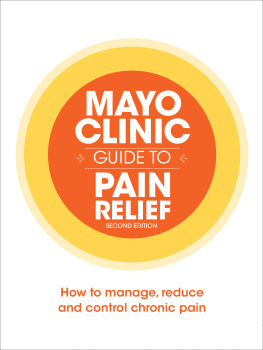
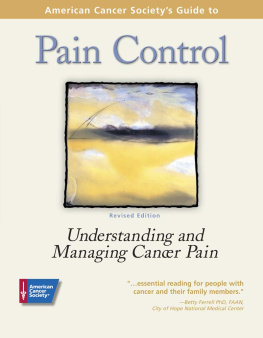
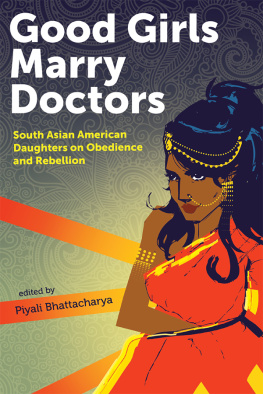


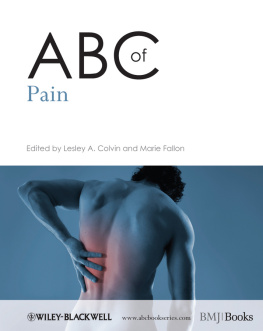


 The paper used in this publication meets the minimum requirements of American National Standard for Information SciencesPermanence of Paper for Printed Library Materials, ANSI/NISO Z39.48-1992.
The paper used in this publication meets the minimum requirements of American National Standard for Information SciencesPermanence of Paper for Printed Library Materials, ANSI/NISO Z39.48-1992.